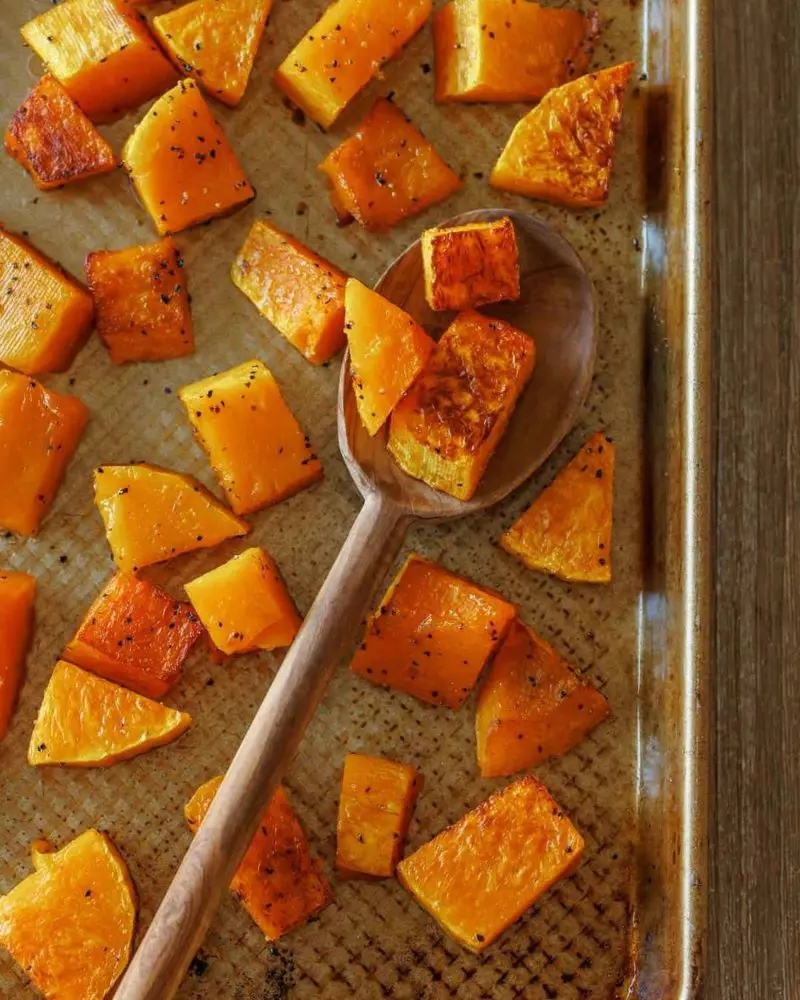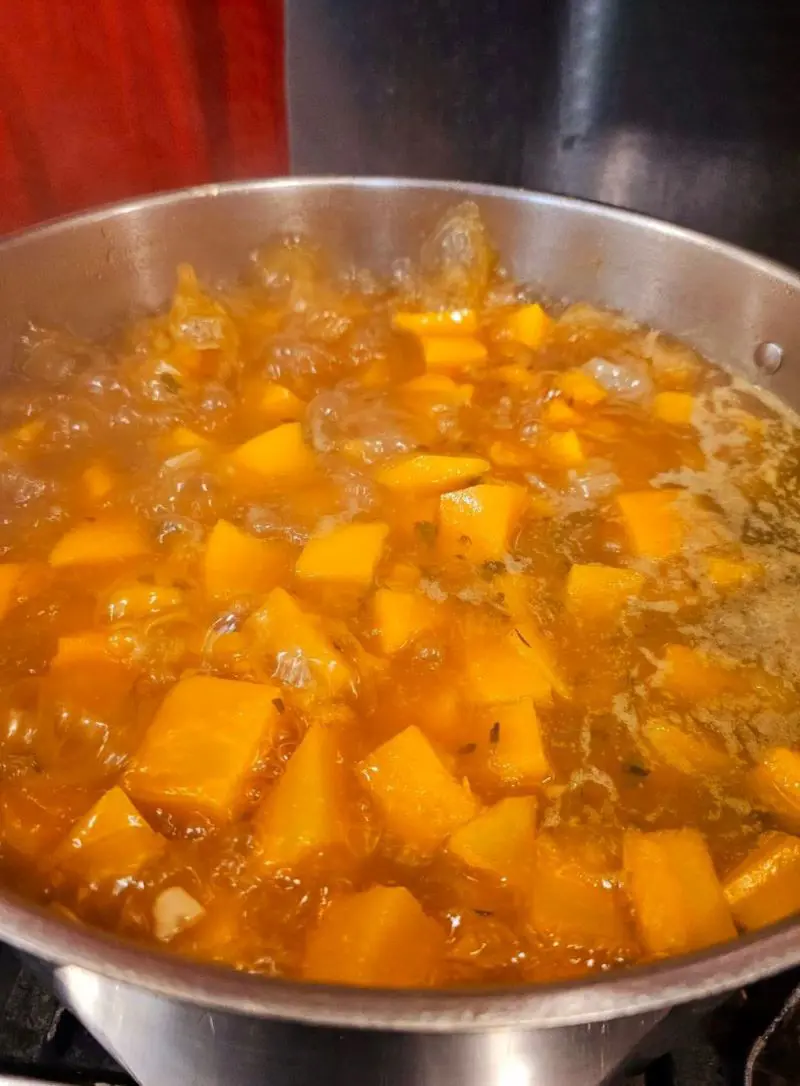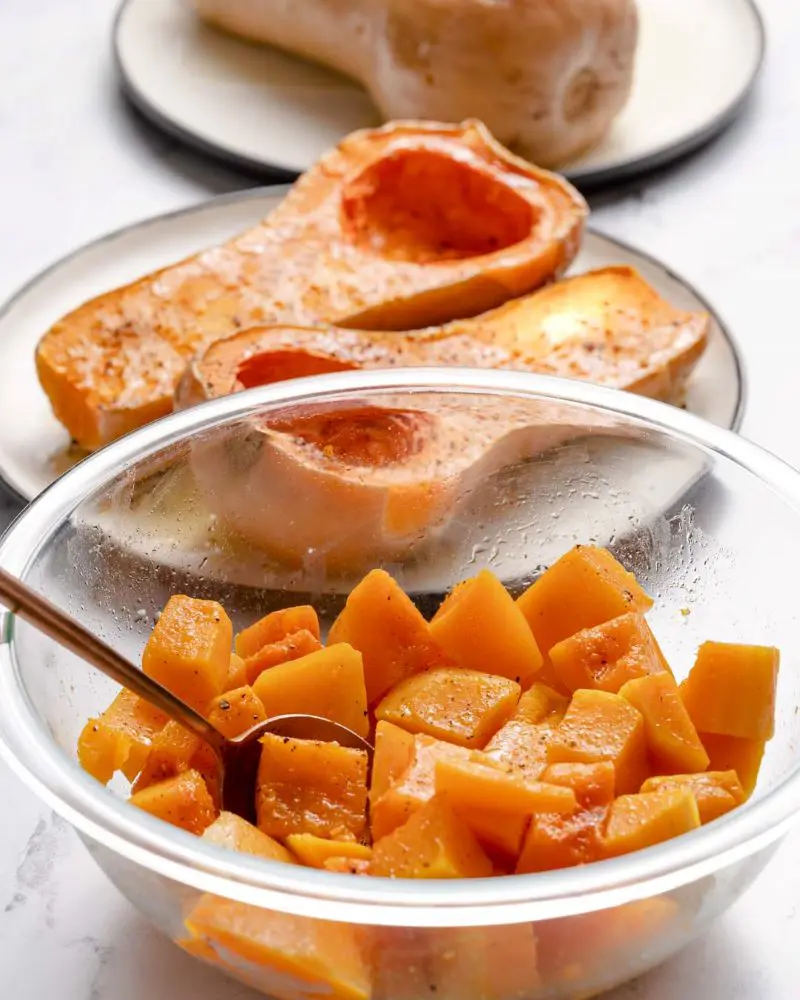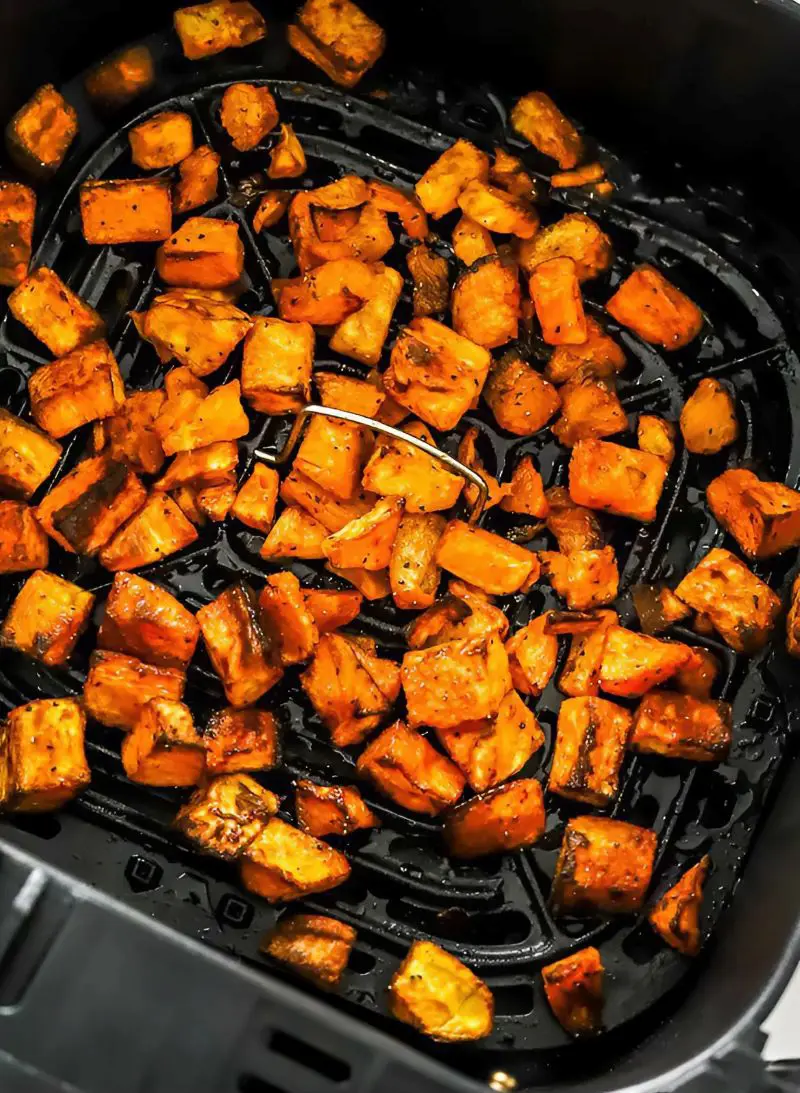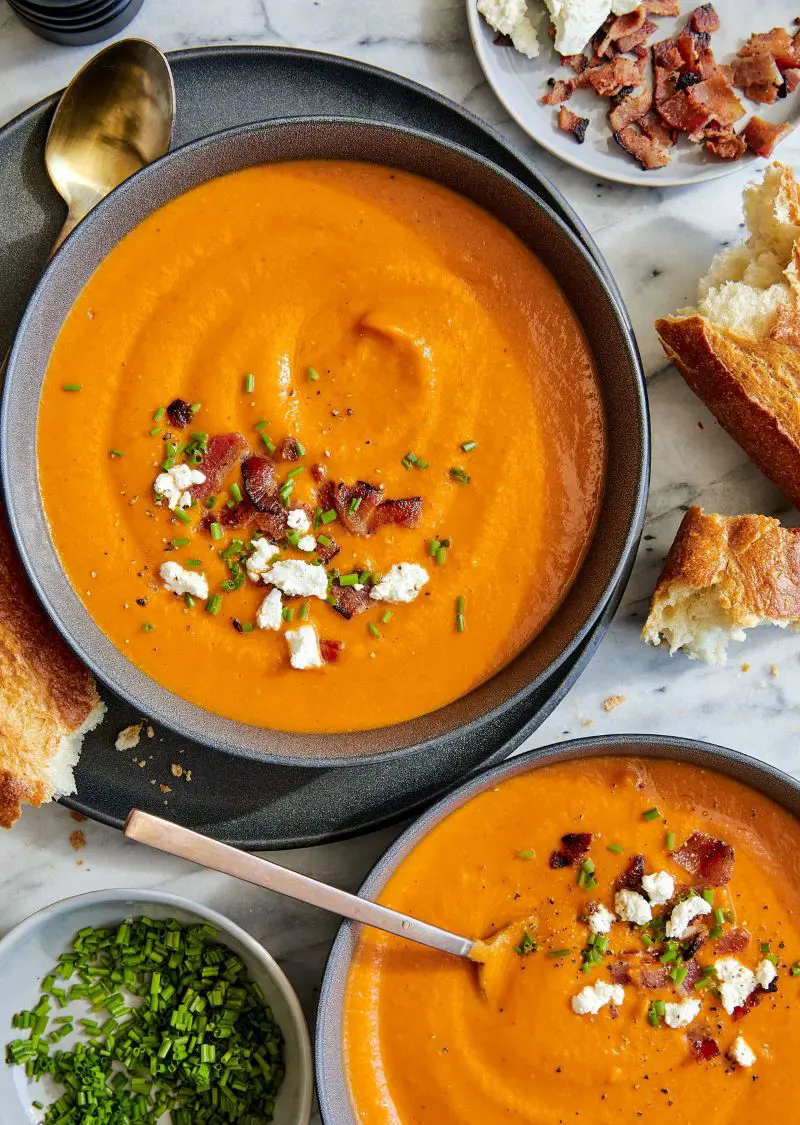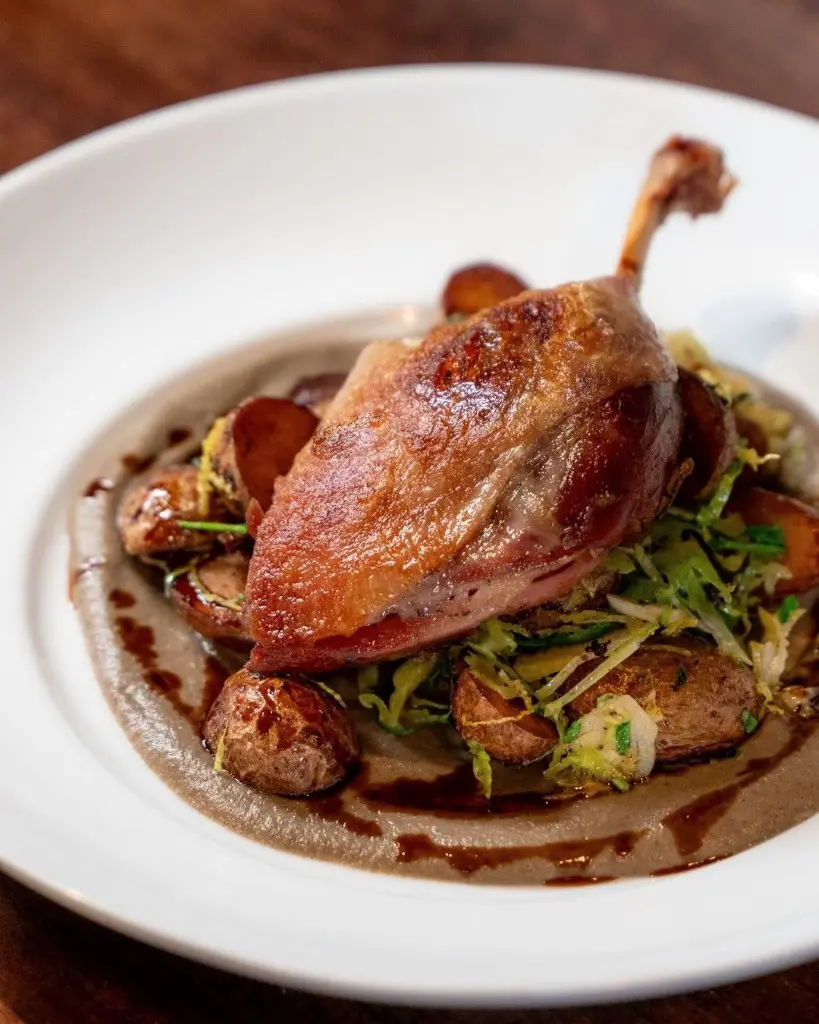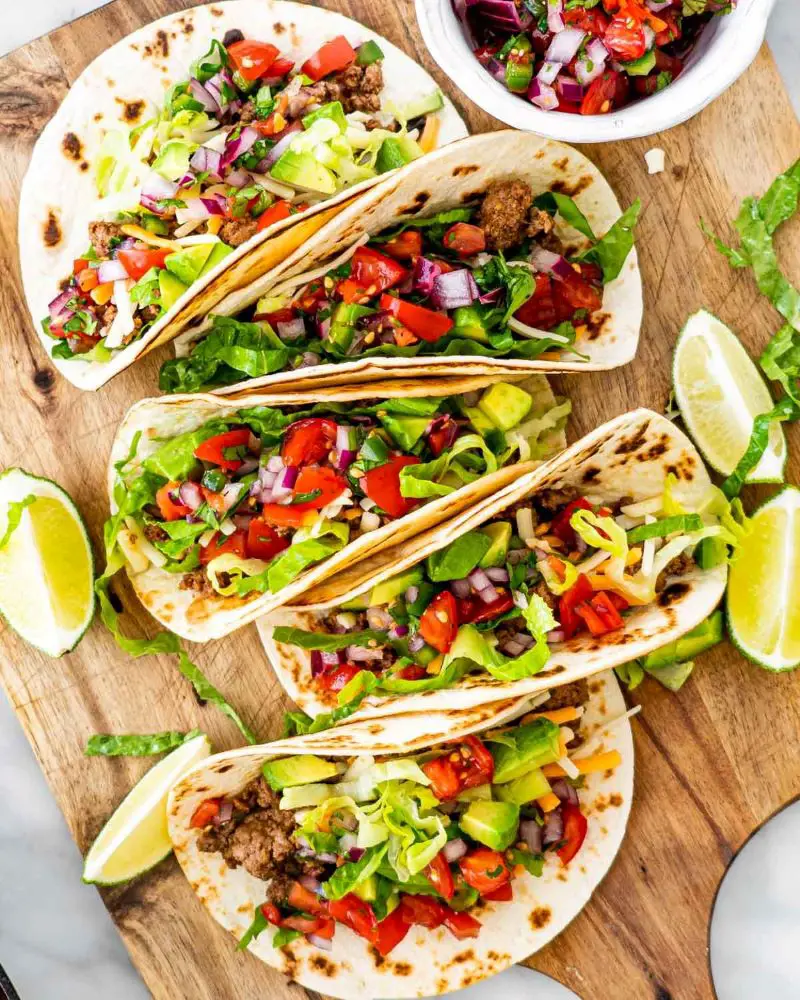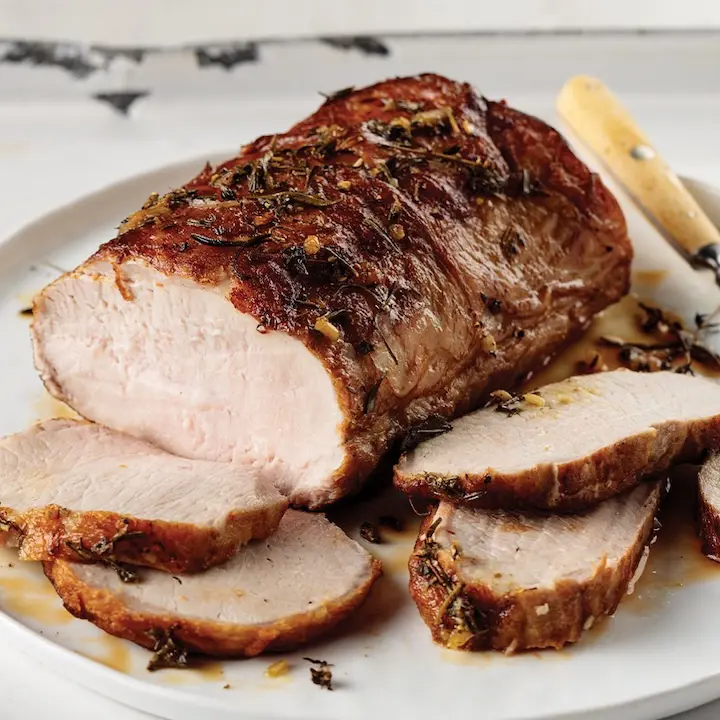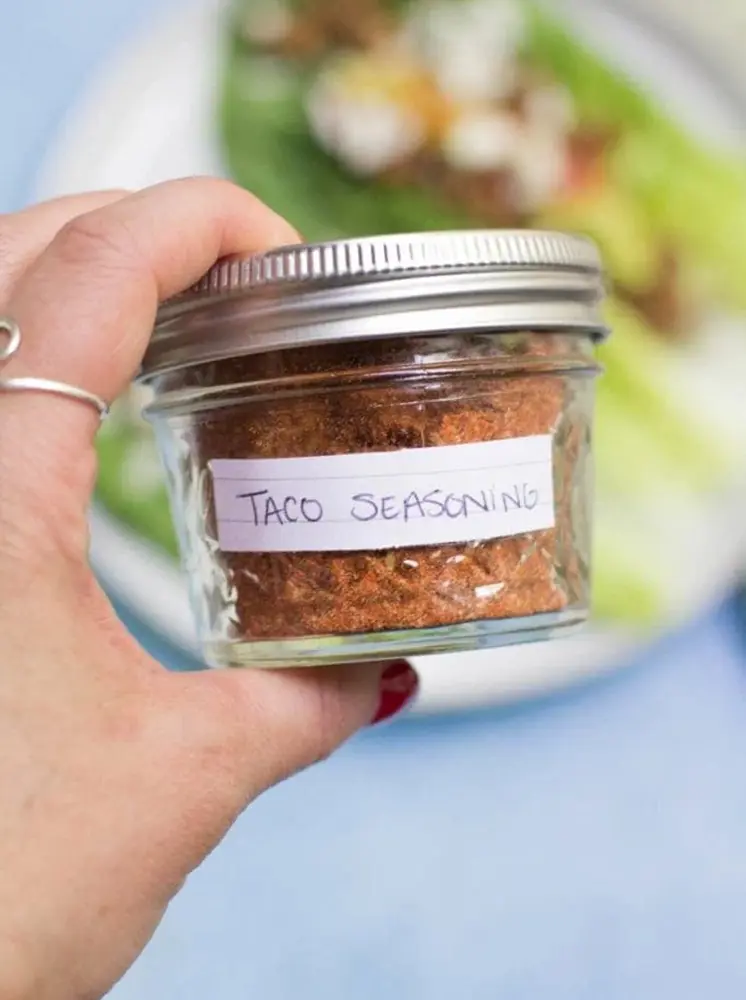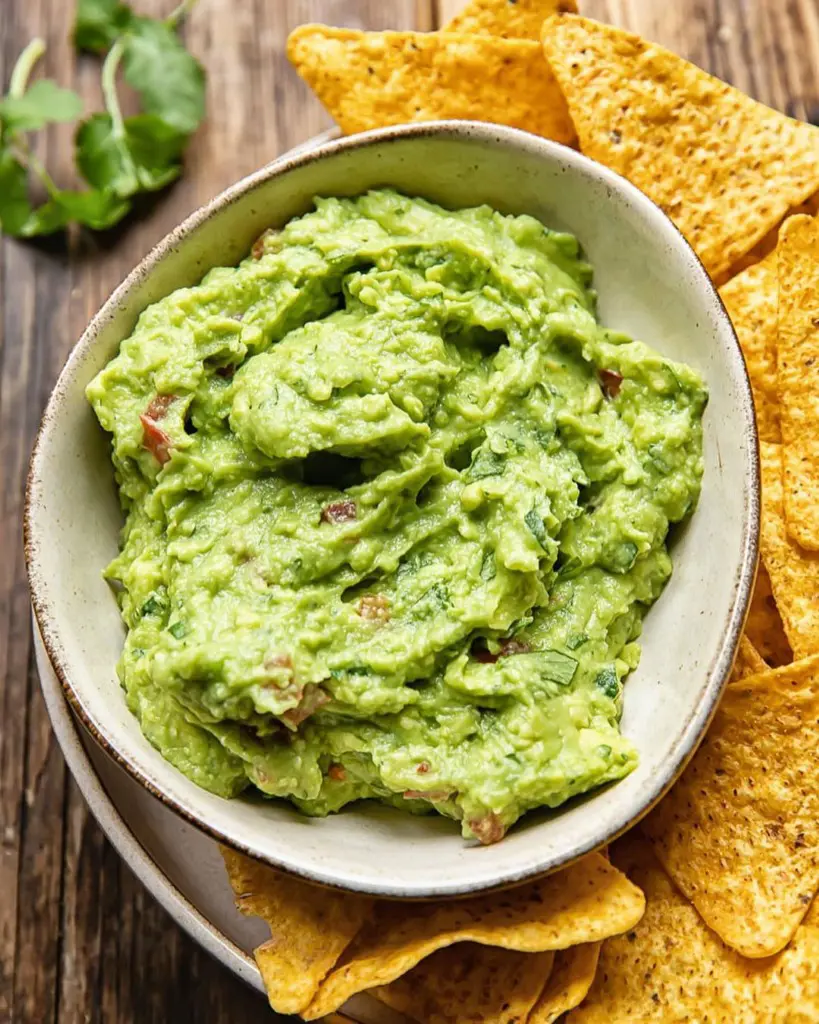Choosing The Right Squash
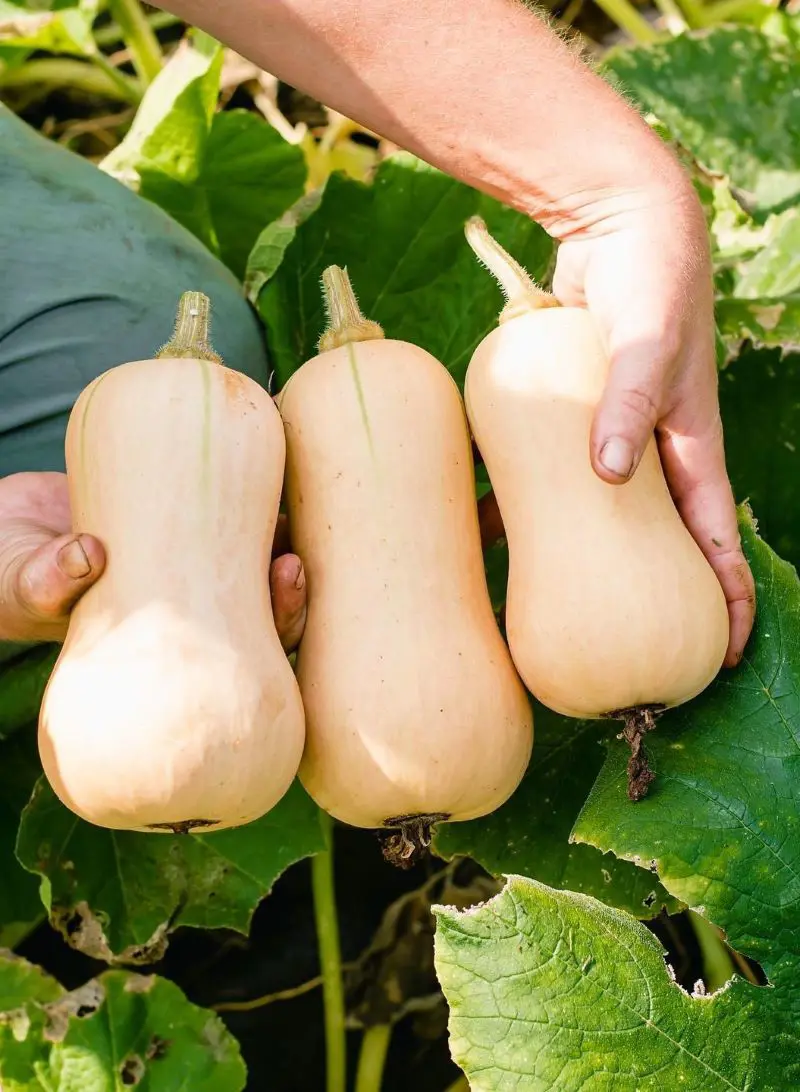
Butternut squash is a common food item and it's important to use the proper one in cooking. This gives your dish the right taste and consistency as expected.
- Right color: Look for a squash that has a uniform, deep beige color. Do not buy any that has green patches or cuts on the surface since they can be an indication of an underripe or banged squash.
- Check the skin: A well mature squash should have skin that looks dull and dry, no soft place on the surface and no marks. If the skin is shiny, it may not be the right time for squash harvest yet. Plus, gentle spots could be a signal that it’s beginning to spoil.
- Weight test: Select the squash that feels heavy for its size. This means that the fruit is dense and full of moisture. A good sign of freshness.
- Stem inspection: A ripe squash should have an intact, dry, and firm stem. If the stem is soft or missing, it may indicate that the squash was harvested too long ago or is more likely to rot.
- Tapping: Gently tap the squash with your knuckles. If it sounds hollow, it may be underripe or drying out. A ripe one will have a solid, dense sound when tapped.
- Consider the shape: Look for a squash that has a long neck and a small bulbous end. Long neck squashes contain more flesh and fewer seeds than the short neck varieties and that makes them preferable for preparation.

